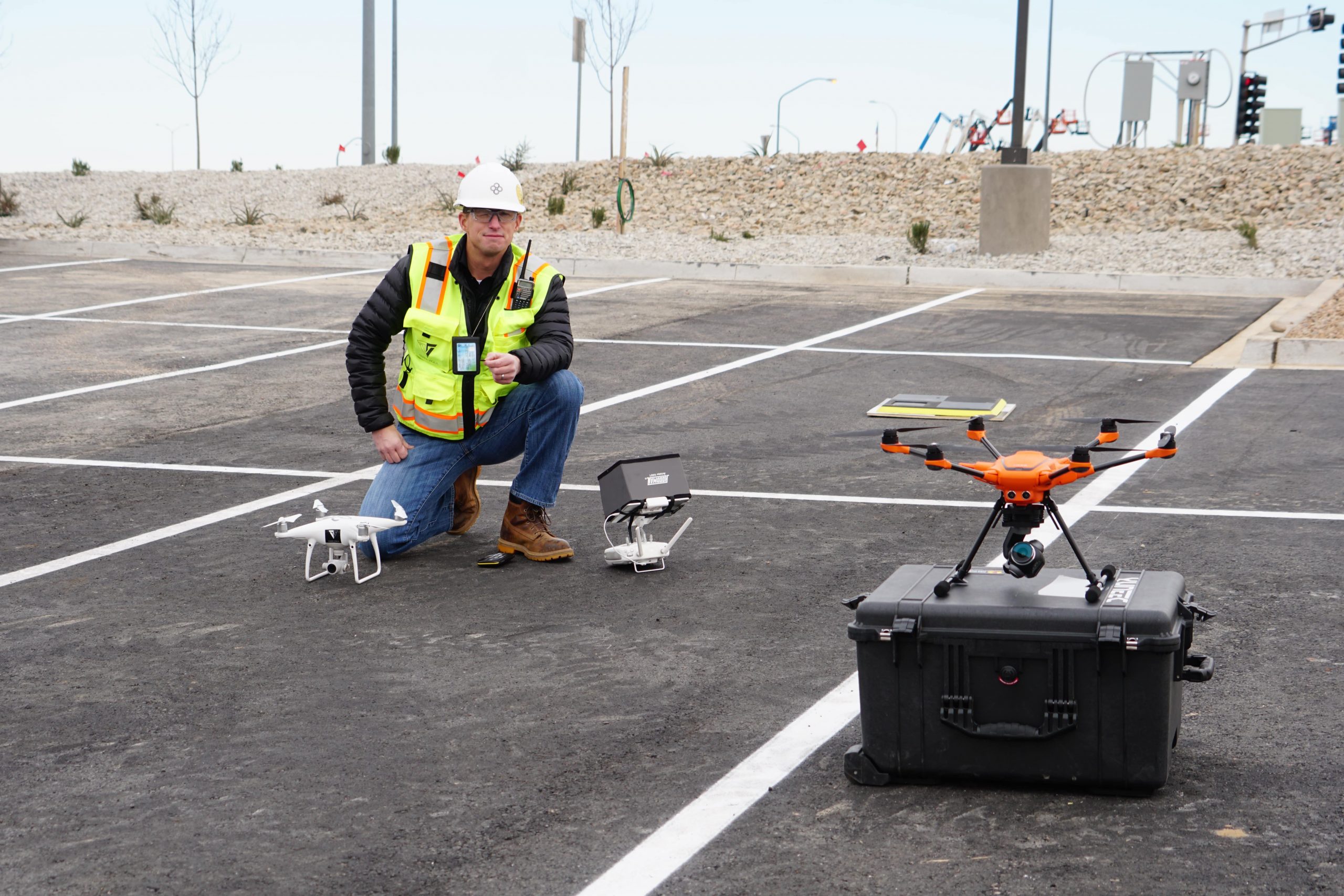The Three Biggest Reasons WHY Most Public Safety Drone Program FAIL

The sustainability of a Public Safety drone program revolves around a group of complex factors.
However, this trio has the greatest bearing on the success of the program:
- Procurement
- Maintenance
- The eventual replacement of core components
In other words, having the right tools for the job is what keeps a program going for the long haul.
So what are the issues associated with the demise of a designated UAS unit in a Department or Agency?
Reason for Failure #1. Improper Planning, and the Lack of Failsafes
Much like building a home, everything starts with a solid foundation. Improper planning on the primary use cases of your UAS operations or a poor allocation of funds within a program tends to lead to the collapse of a newly formed unit.
All too often, you see Departments or Agencies throw money towards assets that do not fit into the primary use cases of the program. Or maybe they allot their entire budget towards a single massive investment.
You repeatedly see a more significant UAS price tag associated with more functionality and options. While that may be true in some cases, would you instead start your program with a Matrice 300 or two Mavic 2 Enterprise Advances with an array of spare batteries, components, and accessories?
Consistently build redundancies into all aspects of your UAS program to always be at a constant state of readiness. Programs that operate with a single device are grounded if that device is damaged or destroyed. That grounding can quickly ruin a program in its infancy or tarnish an existing one.
Unfortunately, for some, the single asset is the only option, and if that is the case, then the following reason is just as important.
Reason for Failure #2. Inadequate Accessories, and Lack of Backup for Constant Readiness
An adequate number of accessories again allows you to be in a constant state of readiness, regardless of the issue that may arise.
For programs that have no option but to operate with a single device, purchasing an adequate number of batteries, props, and accessories is a must.
When it comes to the hierarchy in your Department or Agency, the inability to respond to an event due to a single broken prop is just inexcusable and rightfully so. Remember that the rule should be one is none and two is one.
In general, the smaller the Department, the larger the problem of redundancy with spare and replacement components.
Reason for Failure #3. NOT Thinking Outside the Box
Finally on the list is the failure, is the inability to think outside of the box and flying safe operations not designed explicitly for your UAS.
Again using the Matrice 300 series as an example, you see a UAS typically used in infrastructure inspection, search and rescue, structural firefighting, and overwatch law enforcement.
Did you ever think about removing the props and using them as a ground-based system? What about a repeater for firefighter communication in a highrise building or for creating a mesh network in a natural disaster area?
Moving away from typical use cases will significantly enhance the overall importance of your UAS program to both your Department and the City.
When starting or testing the viability of a program within your municipality, it’s all about options. Whether it’s the best UAS in your arsenal to fly at a specific mission or the rotation of multiple batteries to maintain a proper maintenance schedule, more, in this case, is better.
Remember – building failsafes and redundancies in your day-to-day operations will significantly increase the numerous routes to success.
